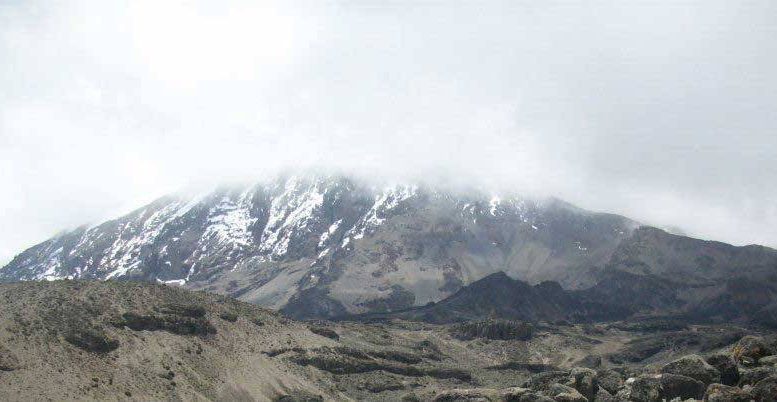OF THE
TIMES
The course of life and labour reminds me of a long journey I once took on the railway. Suddenly, there was a breakdown ahead, and passengers took the event in various ways. Some of them sat still resignedly, and never said a word. Others again, went to sleep. But some of us leaped out of that train, and ran on ahead to clear the road of all obstructions.
King Frederik X said the fire was a "sad sight" King Frederik formerly known as Twitter.
We need to laugh at the complete insanity of it all. Quote: "Thank you, and death to America." ;)
Iran Breaches Anglo-Zionist Defenses in Historic Attack: A Breakdown [Link] 🤡💩🎪
Explosive devices were thrown at homes at three locations in Antwerp Province on Monday night. Houses in the Antwerp districts of Merksem and...
Tangential link: the FBI is investigating the Baltimore bridge. They will make sure nothing is found. [Link]
To submit an article for publication, see our Submission Guidelines
Reader comments do not necessarily reflect the views of the volunteers, editors, and directors of SOTT.net or the Quantum Future Group.
Some icons on this site were created by: Afterglow, Aha-Soft, AntialiasFactory, artdesigner.lv, Artura, DailyOverview, Everaldo, GraphicsFuel, IconFactory, Iconka, IconShock, Icons-Land, i-love-icons, KDE-look.org, Klukeart, mugenb16, Map Icons Collection, PetshopBoxStudio, VisualPharm, wbeiruti, WebIconset
Powered by PikaJS 🐁 and In·Site
Original content © 2002-2024 by Sott.net/Signs of the Times. See: FAIR USE NOTICE

Reader Comments
to our Newsletter